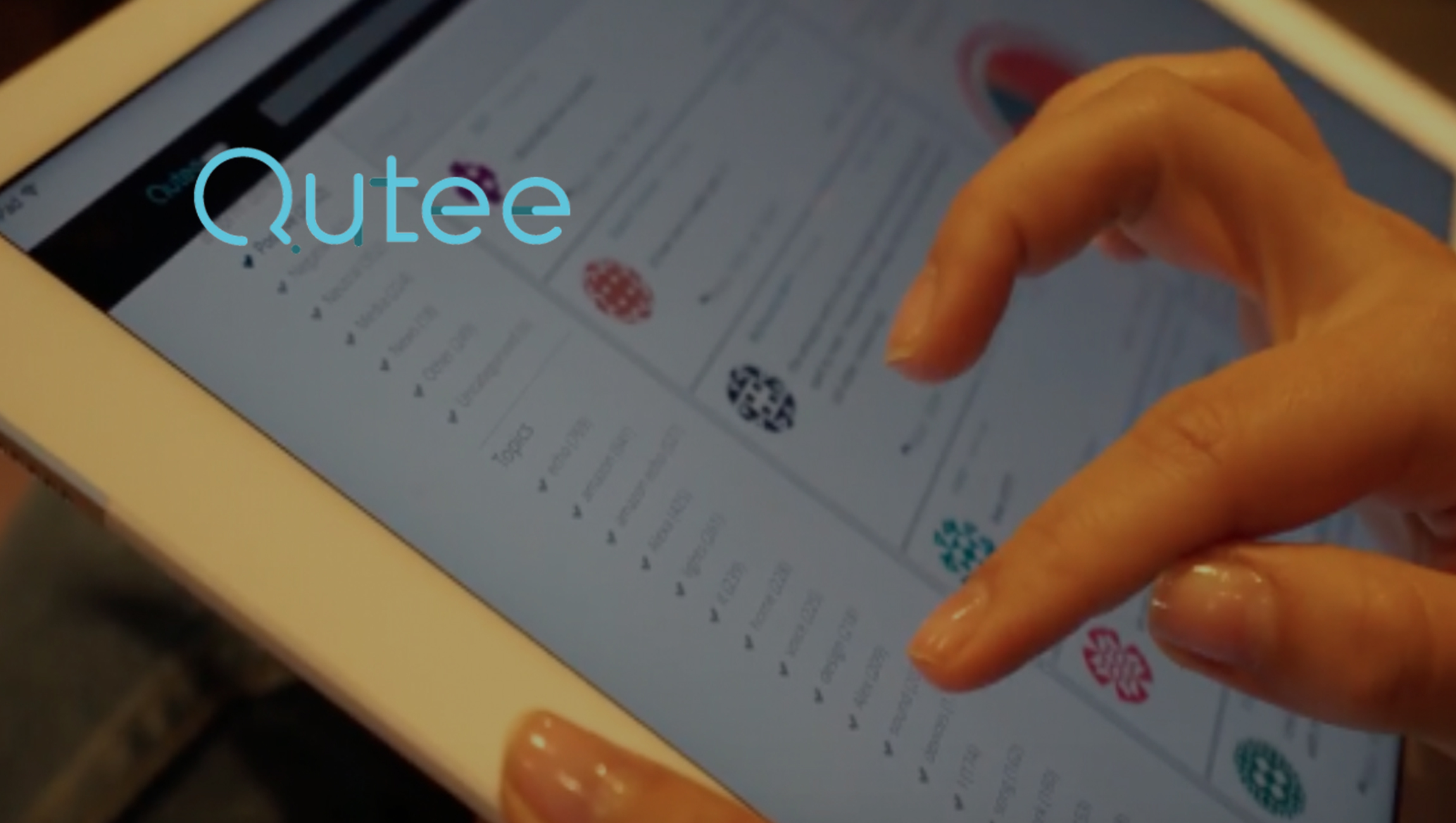 Broadly speaking, being customer-centric in your marketing represents a shift from a sole focus on company objectives to a focus on customer objectives first. The thought is that happy customers will lead to the meeting of your company objectives — sales.
Broadly speaking, being customer-centric in your marketing represents a shift from a sole focus on company objectives to a focus on customer objectives first. The thought is that happy customers will lead to the meeting of your company objectives — sales.
Significantly, it also swaps “go with your gut” marketing to data-driven marketing. That’s because such marketing relies on learning from and activating against signals (data) that your customer is giving you. Ultimately, this is about building up individual-level data that you translate into actionable insights, which leads to actionable growth.
This shift to customer-centric marketing is significant in that it requires an evolutionary transformation of your people, processes, and technologies. Connecting the dots to improve your customers’ brand experiences is a complex endeavor. Multiple touchpoints, siloed data, existing marketing processes and the coordination of marketing messaging in an omnichannel environment make customer-centric marketing trickier to pull off than many initially understand when they add it to their marketing strategy verbiage.
Don’t let that complexity scare you off. Achieving customer-centric marketing doesn’t have to be all or nothing: You can and should apply a crawl-walk-run approach to your people, process and technology changes. Pick off the easiest marketing channels and processes to change and then build up your complexity.
We recommend starting with programmatic marketing channels, then expanding to your entire digital marketing and sales world. Finally, you should migrate to your whole marketing organization, including omnichannel sales. Here’s how to get started:
- Start with the data: Data is the foundation on which any good future marketing strategy should be built. In practice, customer-centric marketing means marketing to an individual, not to a device or cookie. The first step is to aggregate and activate against all of your customer inputs across first- second- and third-party data. Said another way, work on bolstering your single view of the customer. That view should be used not only to measure marketing efficacy but also for optimization, activation and predictive analytics. This data isn’t all marketing-related data. Instead, it refers to all your customer touchpoints, including customer service interactions, purchases to signing up for loyalty programs and registries.
- Focus on the customer: Marketing is traditionally driven by business needs. For instance, a product might be on promotion, so you need to advertise it. Maybe you’re having a Fourth of July sale or if the product isn’t selling, you need to advertise it more. While marketing communications may be based in aggregate-level customer understanding (if customers generally think free shipping is important, we push that in our messaging), shifting to focus first on the individual customer-level needs, desires and preferences are different. This means selecting creatives, marketing channel, content, frequency, etc, based on individual customer data and context. It means activating, optimizing and measuring at the customer-level, not the overall campaign. Examples of this include programmatic optimization, fluid and adaptive audience segments, sequential marketing. The end goal is to positively influence a customer’s behaviors. Campaigns might typically do this with aggregate assumptive data (like demographics). But a customer-centric approach is executed at an individual level. It’s based on trying to figure out and influence the consumer’s needs in that moment.
- Think of omnichannel as a single channel: The customer doesn’t think of your brand as email, search, social, programmatic, etc. Yet as marketers, we continue to operate independently within our marketing organizations, sending emails, display ads, social ads, direct mail pieces that all have differing objectives, creatives and performance goals. Being omnichannel means recognizing both that online and offline sales are just sales to a customer and that marketing touchpoints are all one conversation with your brand. It’s still common, for instance, for the email marketing team to operate separately from the direct mail teams and from other digital marketing teams. Digital teams are often still siloed into search, display, social etc and/or based on their position on the funnel. Fixing this means reorganizing your marketing structure and incentives (for internal employees and agencies) and marketing effectiveness judgments. “Effectiveness” in this case refers to an individual customer and all of their sales, not to a campaign or marketing channel.
- Integrate customer engagements: Having one connected conversation with the customer that is relevant to their current status only happens when there’s integration of your marketing silos – data, processes and teams. Maximizing this value means getting every aspect of customer engagement right to deliver long-run incremental value from marketing. That means being where the customer is when he or she wants you to be there and personalizing those engagements based on customer signals. For instance, when a customer has just made a purchase of a pair of jeans on their desktop, why continue to serve ads for jeans on their mobile device?
- Optimize your messaging: Leverage signals and feedback across all aspects of your relationship with your customer. Adapt your audience models based on the customer behavior you observe in real time. Doing so maximizes both customer experience and ROI. Make use of dynamic creative optimization and ensure that messaging is personally relevant. Get rid of duplicative marketing created by siloed marketing teams, disconnected customer data and lack of understanding of what customer behaviors will lead to incremental revenues.
- Build comprehensive understanding: The final step is to not only develop a comprehensive understanding of your customer relationships, but develop it in timely fashion that lets you take action against those insights. Measurement for measurement’s sake alone is most often useless. Measurement’s real value is in your ability to create actions off of or decision off of those results. This means both developing a deeper understanding of your customer and closing the loop to action off of that understanding. Measurement can and should be used to influence the quality and efficacy of the media spend not just in the strategy and planning stages, but while your marketing is running. Doing so means employing tactics such as multi-touch attribution and incremental lift to deepen your understanding of the impact of your marketing on your customers’ behaviors, and then using those results in your optimization.
The end result of implementing these strategies and achieving CCM is fourfold: (1) the customer will feel a greater connection with your brand, (2) your costs will decrease, (3) your revenues will increase and (4) your brand perception in the market will grow. If you are overwhelmed as to where to start, I recommend first assessing your data and getting that in order. Most of the above strategies and tactics are not implementable without having your data connected at the customer-level.
Recommended Read: The People-Based Data Lake – A More Nimble Marketing Data Solution






